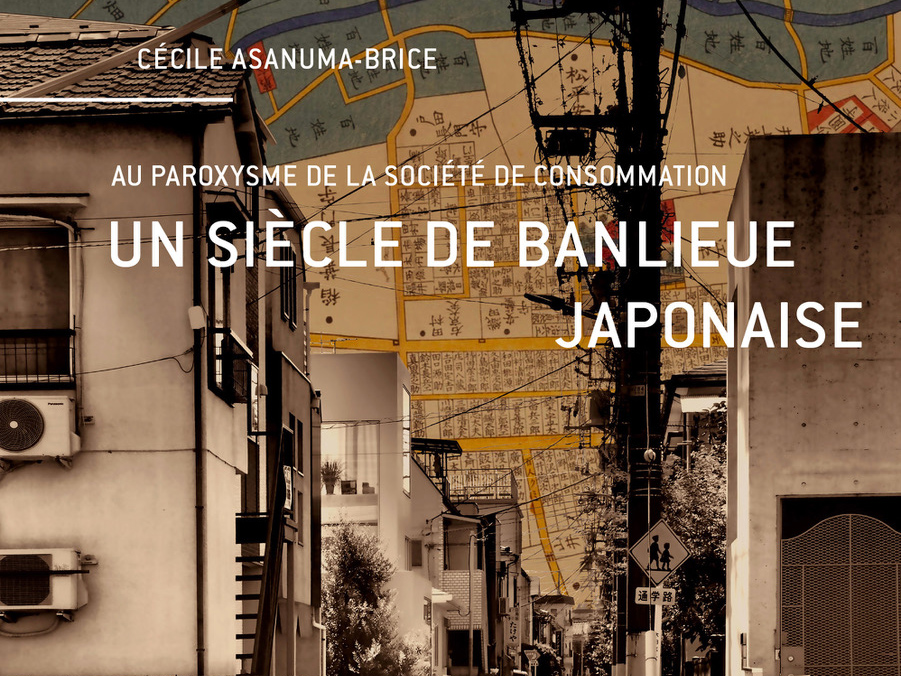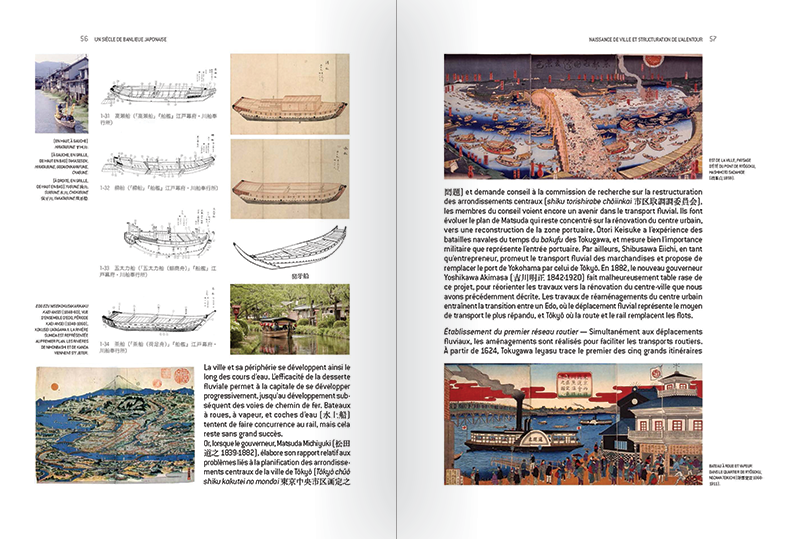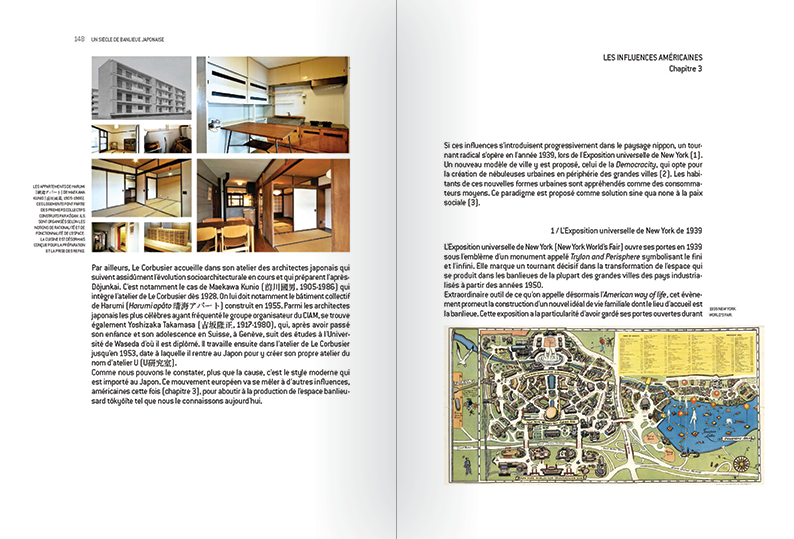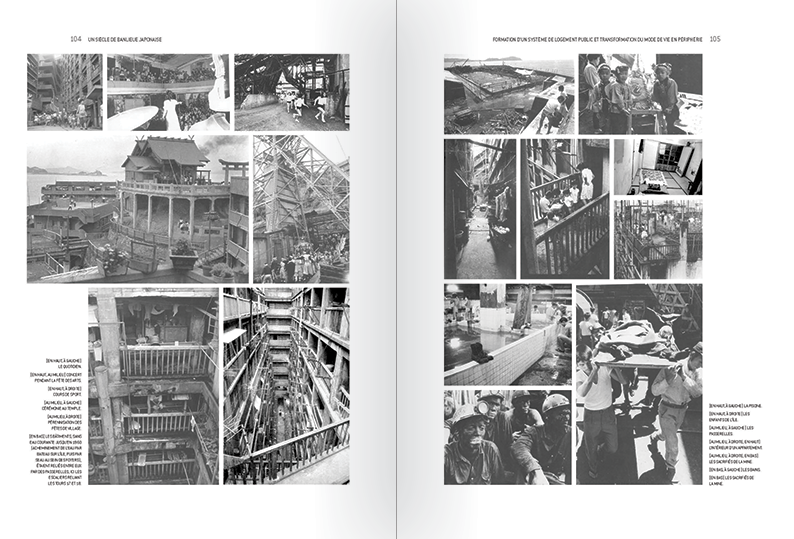‘A Century of Japanese Suburbs’, Understanding One Hundred Years of Urbanisation in Japan
In this book, author Cécile Asanuma-Brice reflects on the way in which suburbs have developed in Japan.

Metis Presses
A researcher in sociology and geography, Cécile Asanuma-Brice has investigated for more than twenty years to understand the dynamic of the creation and transformation of spaces in Japan over the course of a century. Through historical, demographic, social, political, and economic study, the researcher at CNRS examines the process of the creation of the suburbs and their evolution, and has recorded her findings in her book A Century of Japanese Suburbs.
The organisation of the city, initially split into two between the aristocrats and commoners, was shaken up by the opening up of the country in the 19th century. Tokyo and its surrounding area became denser. Rail companies created urban sub-centres on the outskirts of stations, closely followed by industrial housing that sprang up around factories. The Second World War was over and the American consumerist model was descending over the country, and with it, the creation of inside spaces adapted for mass consumption. The constructions extended upwards endlessly, space became standardised and social bonds diminished, as did the relationship with nature.
Understanding urban development
A Century of Japanese Suburbs highlights the strong links between urban, architectural, and social organisation. This is exemplified by the study of meisho – vacation sites where people would come to admire the landscape of the Tokyo suburbs at the beginning of the century. These sites have since become urbanised and are named jisatsu no meisho, known for their high suicide rate due to the sense of social isolation created by the very high population density.
The subject may be specialist, but Cécile Asanuma-Brice’s book nevertheless aims to be accessible. Each theory is supported by practical examples and the book is overflowing with photos, maps, and plans, allowing the reader to picture the evolution of town planning over the decades. The book forces the reader to question what tomorrow’s cities might look like, as although the issues addressed are specific to Japan, they can be transposed to the majority of the world’s major capital cities.
A Century of Japanese Suburbs (2019) by Cécile Asuma-Brice is published by Metis Presses, and is only available in French.

Metis Presses

Metis Presses

Metis Presses

Metis Presses
TRENDING
-
The Tattoos that Marked the Criminals of the Edo Period
Traditional tattoos were strong signifiers; murderers had head tattoos, while theft might result in an arm tattoo.

-
Colour Photos of Yakuza Tattoos from the Meiji Period
19th-century photographs have captured the usually hidden tattoos that covered the bodies of the members of Japanese organised crime gangs.

-
The Trendiest ‘Sento’ and Saunas in Tokyo
The bath culture remains vibrant in the capital city, where public baths and saunas designed by renowned architects are continuously opening.

-
Rituals of Ancient Gay Shunga Erotica
Shunga was prolific in Japan during the Edo period, with ‘nanshoku’ referring to the depiction of homosexual erotica.

-
‘LSD: Dream Emulator’, an Avant-Garde Game Released on PlayStation
In this video game created by Osamu Sato and released in 1998, the player explores the surrealist, psychedelic environment of a dream.





